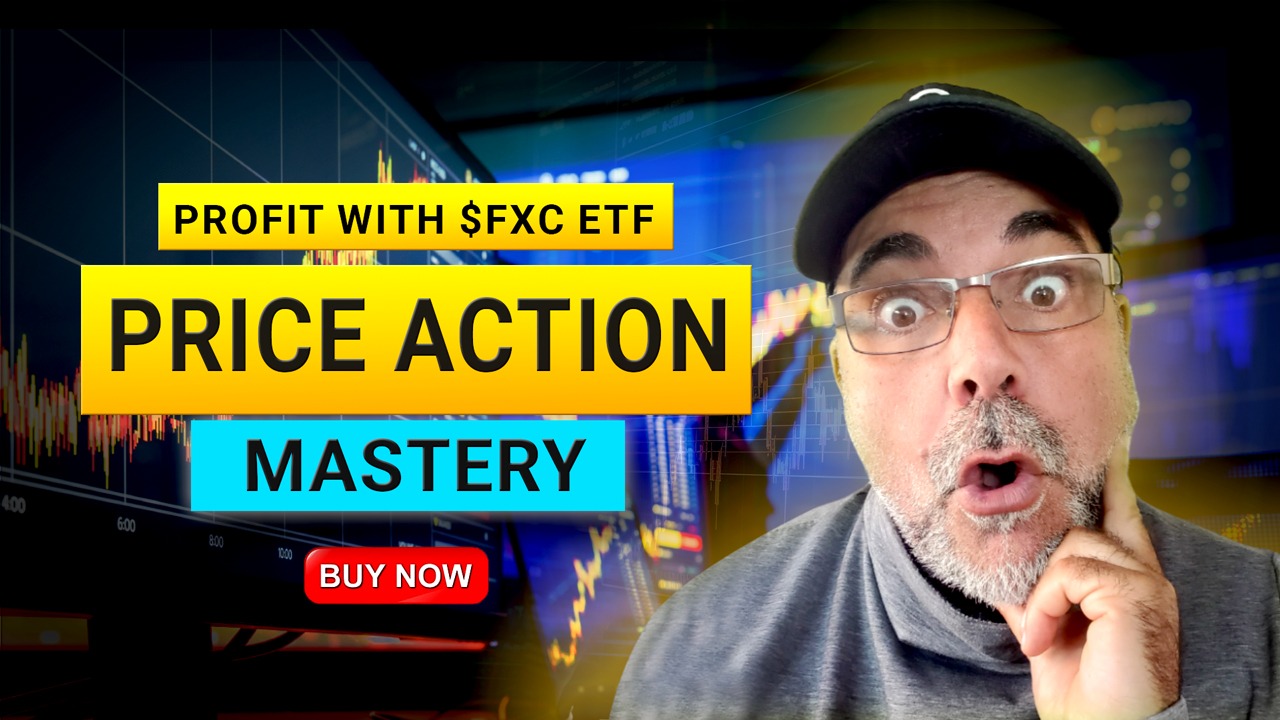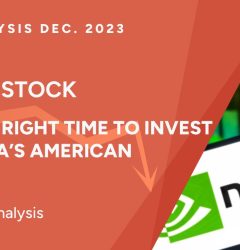09 Feb

Welcome to my journey of mastering price action strategies tailored specifically for long-term Canadian ETF $FXC investors. In this video, I share insights from my experiences navigating the intricacies of price action trading strategies and diversification. Whether you’re a novice or a seasoned investor, understanding price action can transform your approach to trading and empower you to make informed decisions confidently. Join me as we explore key Price Action Strategies designed to optimize profitability and mitigate risks. Each strategy has been instrumental in shaping my investment journey, from identifying key price patterns to mastering entry and exit points. With a focus on practical application, this video equips you with actionable tips to interpret market movements effectively and adapt your approach accordingly.
Are you a long-term investor seeking to unlock the full potential of your portfolio in 2024? Look no further! We have an investment opportunity that will revolutionize your approach and supercharge your returns. Introducing the Canadian ETF $FXC – a game-changer poised to take the financial world by storm. In this blog post, we delve into the power of diversification and why adding $FXC to your investment arsenal based on price action trading strategies and supply and demand imbalances is smart for any savvy investor looking to secure their future. Get ready to witness firsthand how this strategic inclusion can pave the way for unparalleled growth and stability in these exciting times. Let’s dive into the fascinating world of $FXC and explore its potential price action and supply and demand investment as we navigate through 2024 together!
Introduction to Diversification and its Importance in Investing
Diversification is a key concept in the world of investing. It refers to spreading your investments across different asset classes, industries, and geographic regions to reduce risk and potentially increase returns. Essentially, diversification means not putting all your eggs in one basket.
The importance of diversification cannot be overstated. It is often considered one of the fundamental principles of successful investing. By diversifying your portfolio, you minimise any single investment’s impact on your overall returns. This is because different assets tend to perform differently under various market conditions.
For example, imagine you have invested all your money into stocks from a single industry, such as technology. Your entire portfolio will suffer if there is a downturn in the tech sector. However, if you had diversified by including investments in other sectors, such as healthcare or consumer goods, those holdings may offset any losses from tech stocks. Furthermore, diversification can protect against company-specific risks such as bankruptcy or fraud. Having a mix of investments from various companies within an industry or region reduces your exposure to any company’s potential downfall.
But diversifying doesn’t just mean spreading out within one country or industry – it also includes investing globally. Including international investments like Canadian ETF $FXC in your portfolio can provide additional benefits. Adding Canadian exposure through ETFs can help US investors mitigate currency risk and provide access to different markets with unique growth opportunities.
Additionally, Canada has a strong economy and stable political climate, making it an attractive destination for foreign investment. By incorporating Canadian ETFs into your portfolio alongside US-based holdings, you further spread risk and create a more well-rounded investment strategy.
Diversification is crucial for long-term investors looking to maximize their returns while managing risk effectively. Including assets from different industries and regions can protect against market volatility and unexpected events. With the addition of Canadian ETF $FXC, investors can further diversify their portfolios and potentially enhance their overall returns.
What is an ETF?
An ETF, or an Exchange-Traded Fund, is a type of investment vehicle that combines the features of both stocks and mutual funds. It is essentially a basket of securities (such as stocks, bonds, and commodities) that can be bought and sold on a stock exchange like any other stock. An ETF allows investors to own a diversified portfolio without managing individual assets themselves.
ETFs are considered attractive investment options for several reasons. First and foremost, they offer diversification benefits by holding multiple assets in one fund. This means that even if one particular asset underperforms, the overall impact on the ETF’s value may be minimal due to the presence of other assets in its portfolio. As renowned investor Warren Buffett famously said, “Diversification is protection against ignorance.” Investing in ETFs can reduce their risk exposure and potentially achieve more stable returns over time.
Furthermore, ETFs typically have lower fees than traditional mutual funds because they are passively managed. This means that rather than paying high management fees for active fund managers to make investment decisions on their behalf, ETF investors pay relatively low expense ratios for passive management of their investments.
Another key advantage of investing in ETFs is flexibility. Unlike mutual funds, which can only be traded once per day after market hours, ETFs can be bought and sold throughout the trading day at current market prices. This allows investors to react quickly to changing market conditions or take advantage of short-term trading opportunities.
In conclusion, mastering Price Action Trading Strategies has been a game-changer for my long-term success. The Canadian ETF $FXC is one example. By sharing my insights and lessons learned, I hope to inspire you on your journey towards unlocking the full potential of your investments. Join me as we embark on this exciting path toward achieving success through Price Action Mastery!








